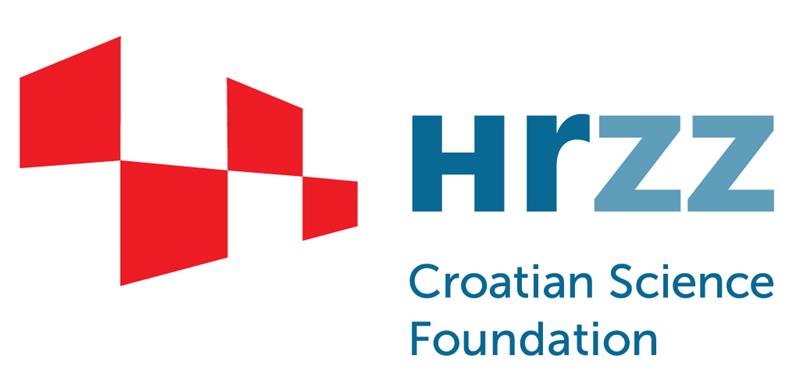The main goal of the project is to acquire new knowledge about the nature of collocational bond formation, specifically about the process of creating metaphorical collocations. The initial hypothesis states that the rules of collocational bonding based on the same pattern operate within a large number of collocational bonds. Furthermore, it is assumed that the motivation of the collocates' meaning rests upon the mechanism of metaphorization of a certain extra-linguistic reality with a background image that is specific (idiosyncratic) for a particular language community and its culture. Therefore, different lexicalizations of the same extra-linguistic reality occur in different languages and are realized through different collocational structures of the same meaning. It is also assumed that the imagery of these bonds faded over time, which increased the semantic cohesion (interdependence) among the components of the collocational bond. This, in turn, conditions the restrictiveness in collocational agreement, i.e. the impossibility of replacing collocates. It is also assumed that the analysis of metaphorical collocations will reveal that metaphorical collocations of the same or similar semantic field can be classified under the common superordinate semantic field of a certain conceptual metaphor, for instance, LOVE IS FIRE. This could explain the existence of metaphorical collocations such as hot love, flaming love, burning with love, etc. in which the conceptual metaphor represents the basis of a conceptualization, and FIRE serves as a background image that motivates the meaning.
Metaphorical collocations - syntagmatic relations between semantics and pragmatics
Project financed by Croatian Science Foundation

